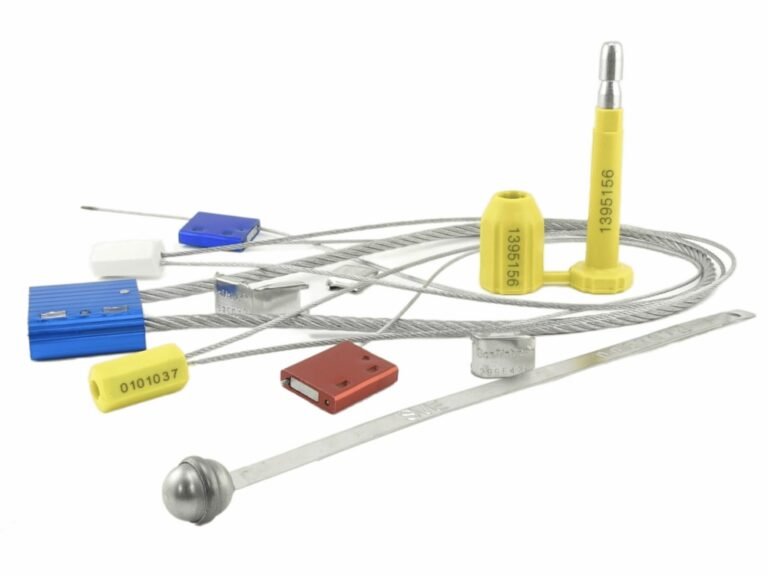Do you believe that simply locking a security seal creates a secure chain of custody? This is a critical misunderstanding that leaves your assets exposed to sophisticated, hard-to-prove theft.
A security seal's power is unlocked only when its application and removal are flawlessly documented in a tamper-proof log. Its integrity is derived from a strict human protocol, not its physical strength. The seal itself creates nothing; it only verifies your process.
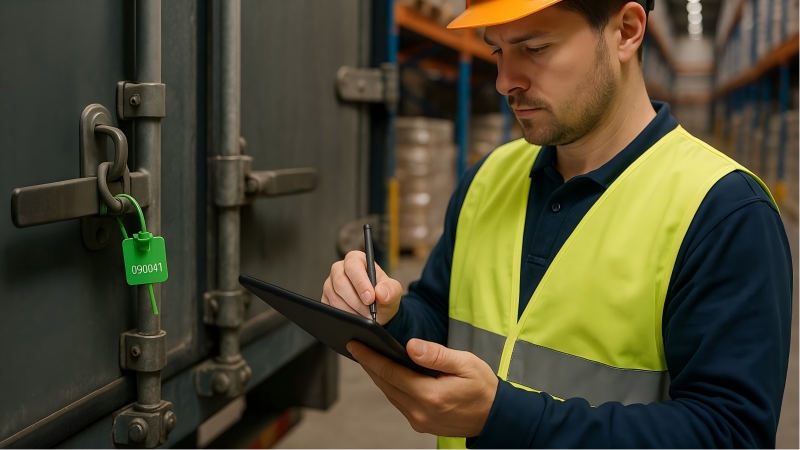
I've had to explain this in boardrooms and on loading docks: a security seal itself cannot create a Chain of Custody. It can only validate a chain of custody that already exists—a chain built by disciplined people following a strict protocol. The seal is merely a "validation node" on this chain, not the chain itself. It doesn't create security; it just faithfully "records" the security state. The true chain is not physical; it's an unbreakable "evidence chain" composed of "People, Actions, and Records." A seal's value isn't created when it's locked. Its value is realized the moment its information is accurately logged and later verified.
Laying the Foundation: Seal Selection and Data Marking Strategy?
Is your seal selection process just about picking the cheapest option that fits? This approach ignores the fact that the seal is a data carrier, and the wrong choice can compromise your entire evidence chain from the very start.
A mature strategy involves selecting a seal with a clear, permanent, and unique serial number. This number is the foundational data point upon which your entire audit trail is built.
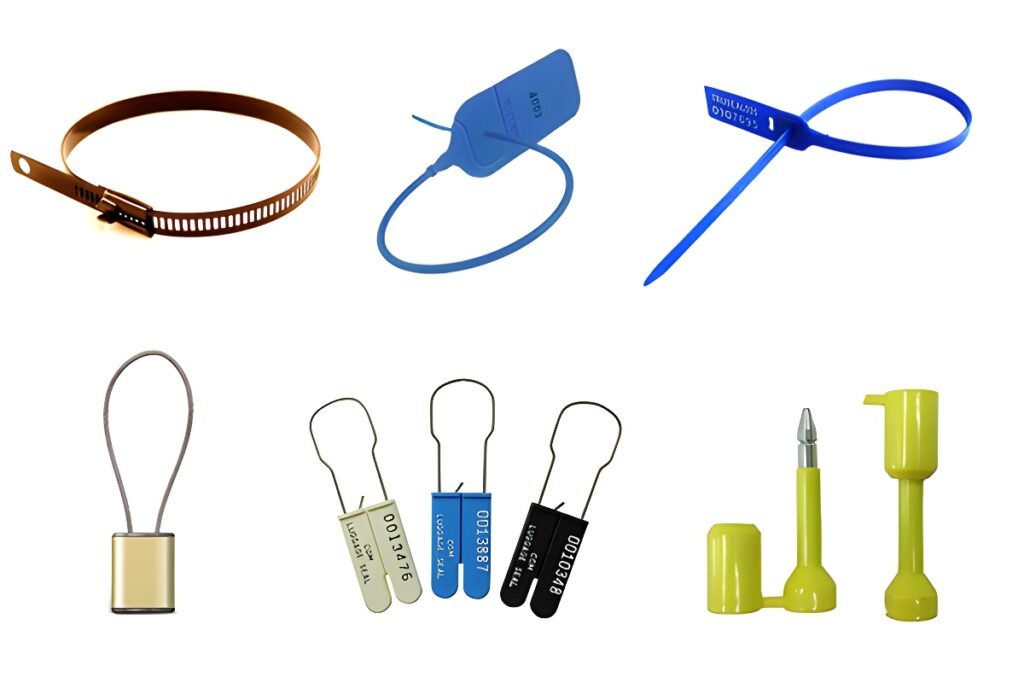
This is the first "Record" in our "People, Actions, Records" chain, and it happens before a seal is even applied. The person selecting the seal is the first link. Their responsibility is to ensure the chosen tool is fit for the purpose of creating high-quality evidence.
- The 'What': Uniqueness and Permanence. The most critical feature is a unique serial number. A supplier must be able to guarantee 100% that no number is ever duplicated. Furthermore, this number should be laser-engraved, not printed. I've seen cases where printed numbers were rubbed off with chemicals and replaced, completely destroying the evidence chain. Laser engraving is permanent and shows obvious damage if tampered with.
- The 'Why': Matching Seal to Asset. The type of seal must match the asset's value and vulnerability. Using a basic plastic seal on a high-value international container is a failure of due diligence. The choice of seal communicates the seriousness of the security protocol.
The Core Action: A Step-by-Step Security Seal Application Guide?
Do your team members just "click it and forget it" when applying a seal? This common shortcut bypasses the most crucial part of the process, rendering the seal almost completely useless as an evidence-gathering tool.
Proper application is a deliberate, two-part action: physically securing the seal and immediately verifying a successful lock. The aural and tactile 'click' must be confirmed with a physical 'tug' to ensure the mechanism is engaged.
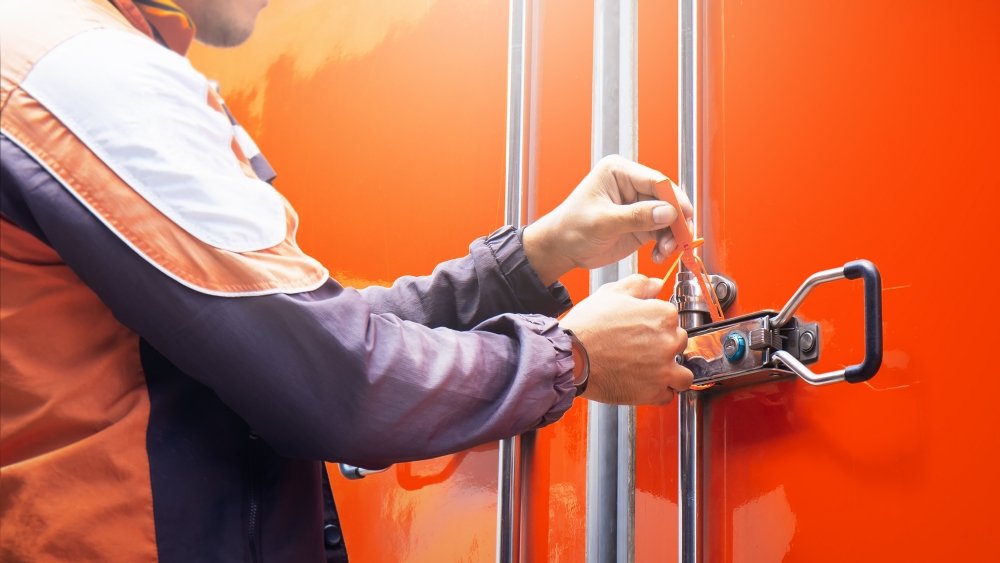
This is the central "Action" in our evidence chain. It must be performed with precision and discipline. A poorly applied seal that can be pulled off without breaking offers a false sense of security and is a catastrophic failure of the protocol. I once investigated a shipment where ten containers were pilfered because a new employee wasn't taught this simple "pull-to-confirm" step.
The Application Protocol
This should be a mandatory Standard Operating Procedure (SOP):
- Thread: Pass the seal wire or bolt through the locking mechanism of the door, hasp, or valve correctly.
- Lock: Insert the end into the seal's locking body until you hear and feel a distinct CLICK.
- Confirm: Immediately grasp both ends of the seal and give it a firm, hard TUG. There should be no give. The seal should not be able to be pulled apart.
- Record: Instantly record the seal number and other required data into the log. Do not wait. Do not do it from memory later.
Solidifying Evidence: Creating the Log for an Unbreakable Audit Trail?
Is your "seal log" just a crumpled piece of paper with a few scribbled numbers on it? A weak log is a weak chain, and it's the first thing that will be challenged if there's a dispute.
An unbreakable log is detailed, contemporaneous, and ensures data integrity. It must contain not just the seal number, but also the who, what, where, and when of the application, creating a complete evidence picture.

This is the "Record" that gives the entire process its legal and operational power. Without a strong log, the seal is just a piece of plastic. The log transforms the physical action into verifiable evidence. A mature logging process, whether digital or on paper, must capture specific data points to be considered reliable.
| Weak Log Entry | Strong Log Entry | Why It Matters |
|---|---|---|
| Seal: 7890 | Seal #: PS-B-007890 | Full, unique identifier prevents ambiguity. |
| Container #: TGHU4562137 | Links the seal to a specific asset. | |
| Frank | Applied By: Frank Miller, ID# 552 | Establishes personal accountability. |
| Today | Date/Time: 2023-10-27 / 14:35 GMT | Time-stamped evidence is crucial. |
| Warehouse | Location: Bay 7, North Warehouse | Provides specific geographical context. |
| Photo: [IMG_5021.jpg] | Photographic evidence is the gold standard. |
Closing the Loop: The Official Protocol for Seal Verification and Removal?
Does your team simply cut seals off without a second thought? This final, critical step is your last chance to confirm the integrity of the entire chain of custody before it's broken forever.
The removal protocol is as important as the application. It must begin with verification: checking that the seal number and physical condition match the log entry before cutting the seal.

This is the moment of truth where the "validation node" does its job. The person removing the seal has the final responsibility in the evidence chain. Their actions confirm whether the security state was maintained throughout the asset's journey.
- Find the Record: Before touching the seal, locate the corresponding entry in the log created at the time of application.
- Verify Number: Read the serial number on the physical seal. It must match the log exactly. Any discrepancy is a red-alert security breach and must be escalated immediately.
- Inspect Condition: Examine the seal closely. Are there any signs of tampering—stress marks, glue, scratches around the number? Photograph any suspicious findings.
- Document Removal: Only after verification and inspection, cut the seal. The person who cut it, the date, and the time must be recorded in the log, officially closing the loop.
Strengthening the Chain: Identifying and Preventing Common Custody Loopholes?
Do you believe your written protocol is enough to guarantee security? Even the best protocols can be undermined by common, seemingly small loopholes that create massive vulnerabilities in your evidence chain.
The most dangerous loopholes are procedural shortcuts and a lack of control over the seals themselves. These human-factor failures can completely invalidate the evidence your seals are supposed to provide.
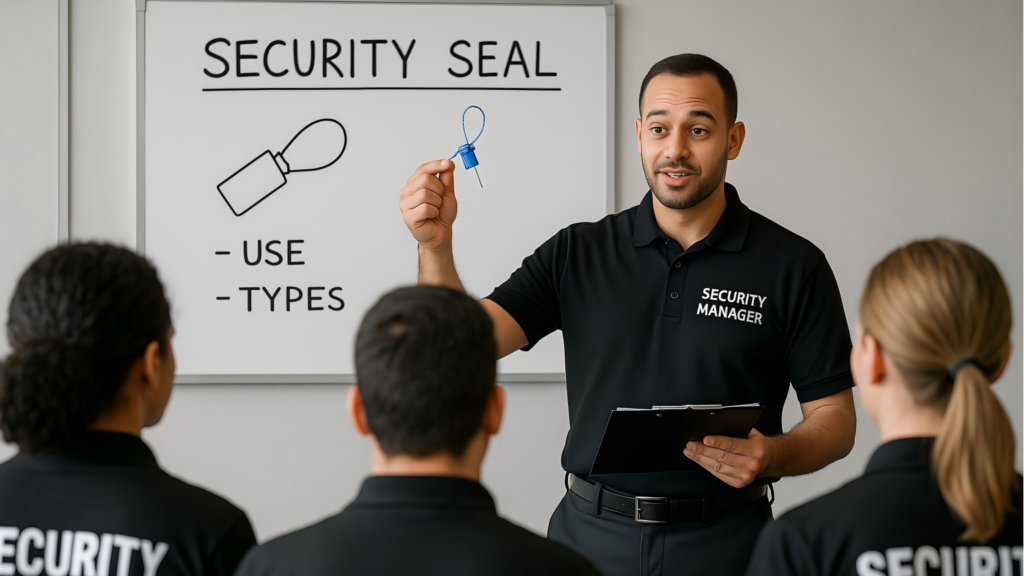
In my experience, security failures are rarely due to the seal itself being defeated. The failure is almost always in the human process surrounding the seal. Here are the most common loopholes I've seen and how to close them:
- The "Spare Seal" Stash: Uncontrolled, unlogged seals are a thief's best friend. They can break the official seal and replace it with an unlogged one. Solution: All seals must be treated as controlled items, with every number logged and assigned before they are even issued to staff.
- Pre-signed or Pre-filled Logs: Technicians filling out logs at the end of their shift from memory is a recipe for disaster and creates legally worthless records. Solution: Mandate real-time, on-location logging, preferably with a GPS- and time-stamped digital app.
- Ignoring a Mismatch: An employee sees a seal number that doesn't match the log but, being in a hurry, ignores it. Solution: Training and culture. Every employee must understand that a seal discrepancy is a security emergency that must be stopped and reported, not ignored.
Conclusion
A security seal is not a magic solution. It is a simple tool whose power is magnified by a disciplined chain of "People, Actions, and Records." Focus on reinforcing your human protocol, not just buying a stronger seal.
Secure Your Supply Chain with Security Seals from ProtegoSeal
At ProtegoSeal, we provide high-quality, tamper-evident security seals that deter theft, ensure compliance, and provide irrefutable evidence. Contact us today and let ProtegoSeal help secure your supply chain with reliable security seal solutions!

